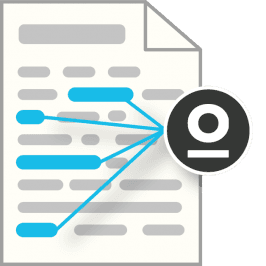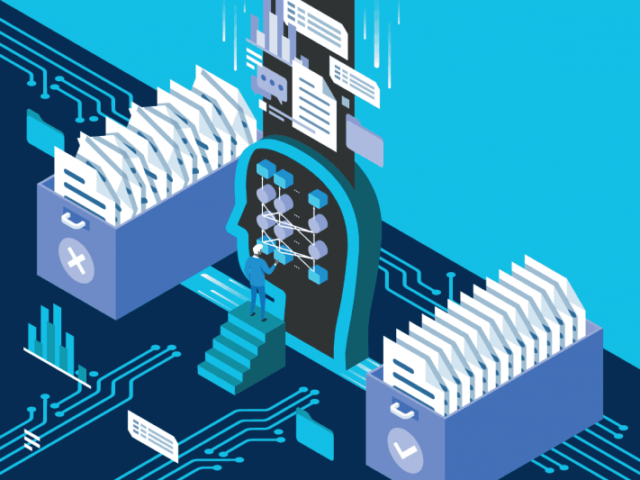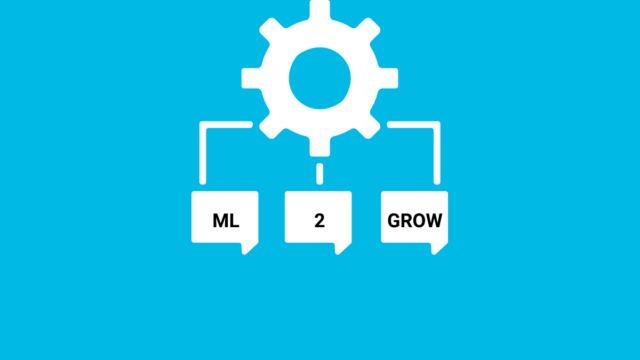5 NLP applications to power your business
NLP aims to build systems that make sense of the text and perform tasks like translation, grammar checking, or topic classification. This post delves deeper into what this technology can mean for your business.
Unstructured text is the largest human-generated data source, growing exponentially daily. The free-form text we type on our keyboards or mobile devices is an essential means by which humans communicate our thoughts and document our efforts.
Yet many companies don’t tap into the potential of their unstructured text data, whether internal reports, customer interactions, service logs or case files. Decision-makers are missing opportunities to take meaningful action around existing and emerging issues.
The practical side of NLP in Business
NLP tools are helping companies understand how their customers perceive them across all communication channels, whether emails, product reviews, social media posts, surveys, etc.
AI tools can be used to understand online conversations and how customers talk about businesses. They can also automate repetitive and time-consuming tasks, increase efficiency, and enable workers to focus on more fulfilling jobs.
Here are some of the main applications of NLP in business.
Sentiment Analysis
Sentiment analysis identifies emotions in text and classifies opinions as positive, negative, or neutral.
Companies gain insight into how customers feel about brands or products by analysing social media posts, product reviews, or online surveys. For example, companies analyse tweets mentioning their brand in real-time and immediately detect comments from displeased customers. They send out surveys to find out how customers feel about the service.
A retail company can use sentiment analysis on reviews of articles to gather information to improve an article.
For example, a marketing department for an electronics company might launch a campaign for its new reasonably priced portable chargers. Based on sales, it might think that it is doing well. However, in reality, the customer might not like the product and may take to social media to complain about it. Suppose the company can analyse those tweets and reviews using NLP. In that case, it will understand what people are talking about, their sentiment (positive, negative, neutral), and even how emotional they are about it (from the words used in the tweets).
This can also be used for the detection of how urgent emails are. For example: “I have been waiting for an answer from your company for three days after delivery has gone wrong.”
We also have solid experience in intelligent reacting tools. For example, we can identify “sensitive” / sentimental comments based on sentiment analysis (NLP). If a user posts a sentimental comment on the content of the company’s socials, a warning will be sent to the social media manager to respond to this as soon as possible.
We can extend this to identifying and selecting trending hashtags and best timing suggestions to post content.
We develop this in one integrated solution; everything is built and tailored to the needs of our clients.
Ask our NLP experts for more details.
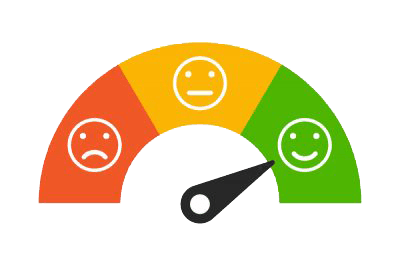
Language Translation
With even the smallest business potentially serving a global client base, the need to communicate across languages and cultures is multiplying. However, cross-context communication is not always accessible. Many things are lost in translation without great care due to differing interpretations of even correctly translated communications.
The costs of translation failures are often more than just financial. Miscommunication can lead to loss of reputation and legal exposure. For this reason, many companies are investing in NLP technology to help them in clear and accurate communication between cultures and languages.
We can also train your translation tools to understand specific terminology in any industry, like finance or medicine.

Text Extraction
Text extraction enables you to pull out pre-defined information from text. If you deal with large amounts of data, this tool helps you recognise and extract relevant keywords and features (like product codes, colours, and specs) and named entities (like names of people, locations, company names, emails, etc.). Companies can also use our text extraction tools to automatically find key terms in legal documents, identify the main words mentioned in customer support tickets, or pull out product specifications from a paragraph of text, among many other applications.
There are also many possible applications here for accounting. For example, automatically classifying invoices, giving suggestions for entries, and entering recurring invoices. The efficiency gain for accounting firms is potentially massive with this technology.
This can also be very valuable for financial traders to have an insight into what is happening and what people are talking about. NLP can track news, reports, comments about possible company mergers, etc.
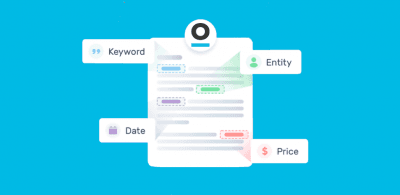
Chatbots
Chatbots are AI systems designed to interact with humans through text or speech.
The use of chatbots for customer care is rising due to their ability to offer 24/7 assistance (speeding up response times), handle multiple queries simultaneously, and free up employees from answering repetitive questions.
Through NLP, it is possible to connect the incoming text from a human being and the system-generated response. This response can be anything starting from a simple answer to a query, action based on a customer request or store any information from the customer to the system database.
Chatbots actively learn from each interaction and better understand user intent, so you can rely on them to perform repetitive and simple tasks. If they come across a customer query they cannot respond to, they’ll pass it on to a human employee.
In other words, NLP-based chatbots can significantly assist in cutting down costs associated with human resources and other resources entangled in repetitive tasks and customer retention costs while improving efficiency and streamlining workflows.

Topic Classification
Topic classification helps you organise unstructured text into categories. For companies, it’s a great way of gaining insights from customer feedback or forecasting trends. Imagine you’d like to analyse hundreds of open-ended responses. How many responses mention your customer support? What percentage of customers talk about your pricing?
Also, you can use topic classification to automatically tag incoming support tickets and route them to the right person.
We are currently working on a research project called ‘Trendify’ with Roularta Media Group and the fact-checking company Trendolizer, a trusted partner of Facebook. Our solution will use topic modelling. With the rapid dissemination of information via social and digital media, it is challenging for journalists to deliver qualitative, nuanced journalism. Trendify aims to optimise editorial workflow and news quality by developing a suite of AI-powered media monitoring software tools. These should enable journalists to collect relevant information from digital data streams, such as articles and comments on (news) websites, blogs, and social media feeds.
It’s a great tool to summarise large amounts of texts, and our solutions are made to scale to any organisational needs.
